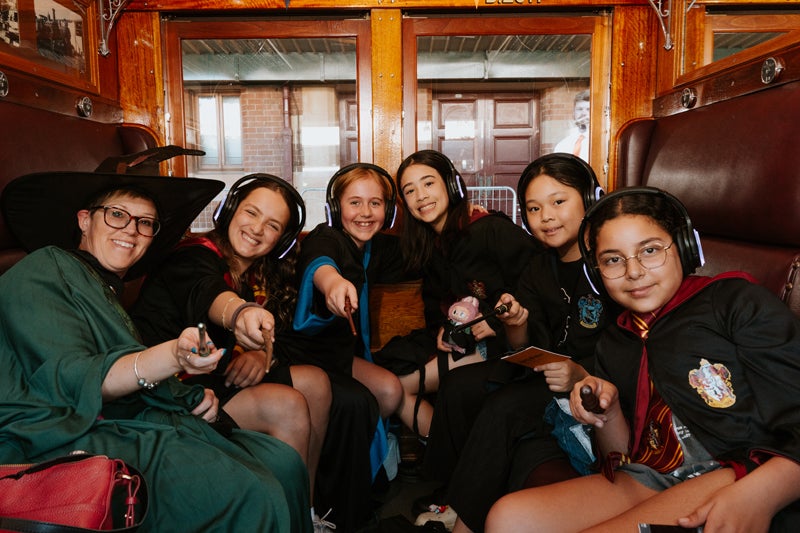Loyalty programs have become a core component of many plans focused on rewarding more frequent and higher value transactions.
Their proliferation gives casual observers the impression that they might be getting lost in the overwhelming din of consumer marketing.
Few tools are better for identifying and focusing on retailers’ narrow slice of their most profitable customers. Simply put, best customers respond when their favorite stores make an effort to listen, acknowledge valued behaviors and customize how they interact with them.
Most programs are built to support corporate goals. They may include stronger same-store sales, increased gross margins, greater sell-through of product at initial pricing, greater brand awareness and multi-channel behavior.
A simple, easy-to-understand program that gives back to its members based on the dollars they spend will move the needle. Well, at least for a while.
The reality is that even the best-crafted loyalty programs cannot operate on autopilot. Strong marketers must use tools such as segmentation, narrow targeting, limited-time offers, surprise and delights and product and category specials to keep the program fresh, engaging and current.
Effective use of interactive and in-store promotions can drive new levels of enrollment, purchase activity, store and site visitation and viral energy.
Whether they engage consumers in stores or on the Internet, sweepstakes and interactive games are a highly efficient means of attracting the “next tier” of customers. Figure out a way to get an e-mail address and marketing permission.
“Best customers” are likely to sign up proactively. Often it takes a different approach to get the attention of more casual customers.
Sign-up promotions work on several levels. They encourage individuals to take action on their own. They provide a logical reason for current members to refer their friends. If the promotion is really great, they generate viral sharing and word-of-mouth that goes far beyond basic expectations.
While nearly every promotion makes “no purchase necessary” for legal reasons, it is perfectly legal to offer additional chances of winning as a reward for purchase conversion.
Every dollar a consumer spends can be tied to an increased chance of winning. Remember the McDonald’s Monopoly game? More fries equaled more game cards.
As a Program/Activity Engager
Beyond purchase behavior, promotions have the ability to drive many secondary performance metrics. For example, e-mail metrics-open rates and click-through rates-often see 4x performance gains if the subject is a new promotion.
Even “reminder” e-mails sent periodically maintain this strong momentum. Highly correlated to e-mail performance, Web site traffic sees a corresponding bump as well. Finally, 30/60/90-day program activity rates often soar as well.
If a program is measured by what percent of its membership earns points in a given period, using points as a consolation prize for not winning the grand prize is an excellent way to keep members earning and engaged.
By giving members the ability to redeem their points for additional “plays” or chances, two important metrics are impacted.
First, the cost-per-point goes down since “plays” or chances cost less than typical redemption options. Second, points get burned down rather than sit on the books.
Good loyalty programs give reasons to visit the store or check out the Web site. They better associate the retailer with experiences that are so core to the lifestyle your brand promotes and the consumers it serves.
David Rosen is senior vice president, services of Loyalty Lab. He can be reached at David@loyaltylab.com.



